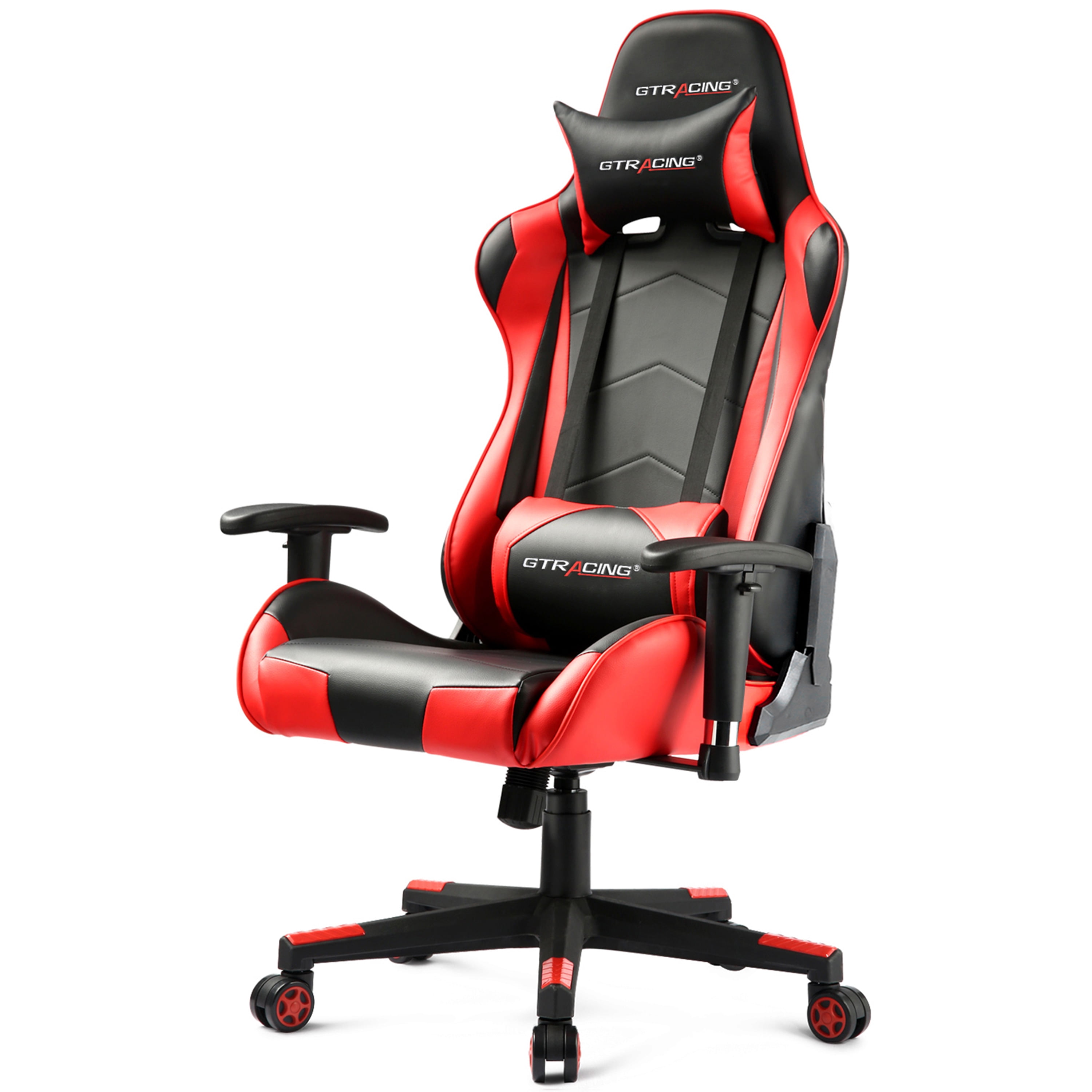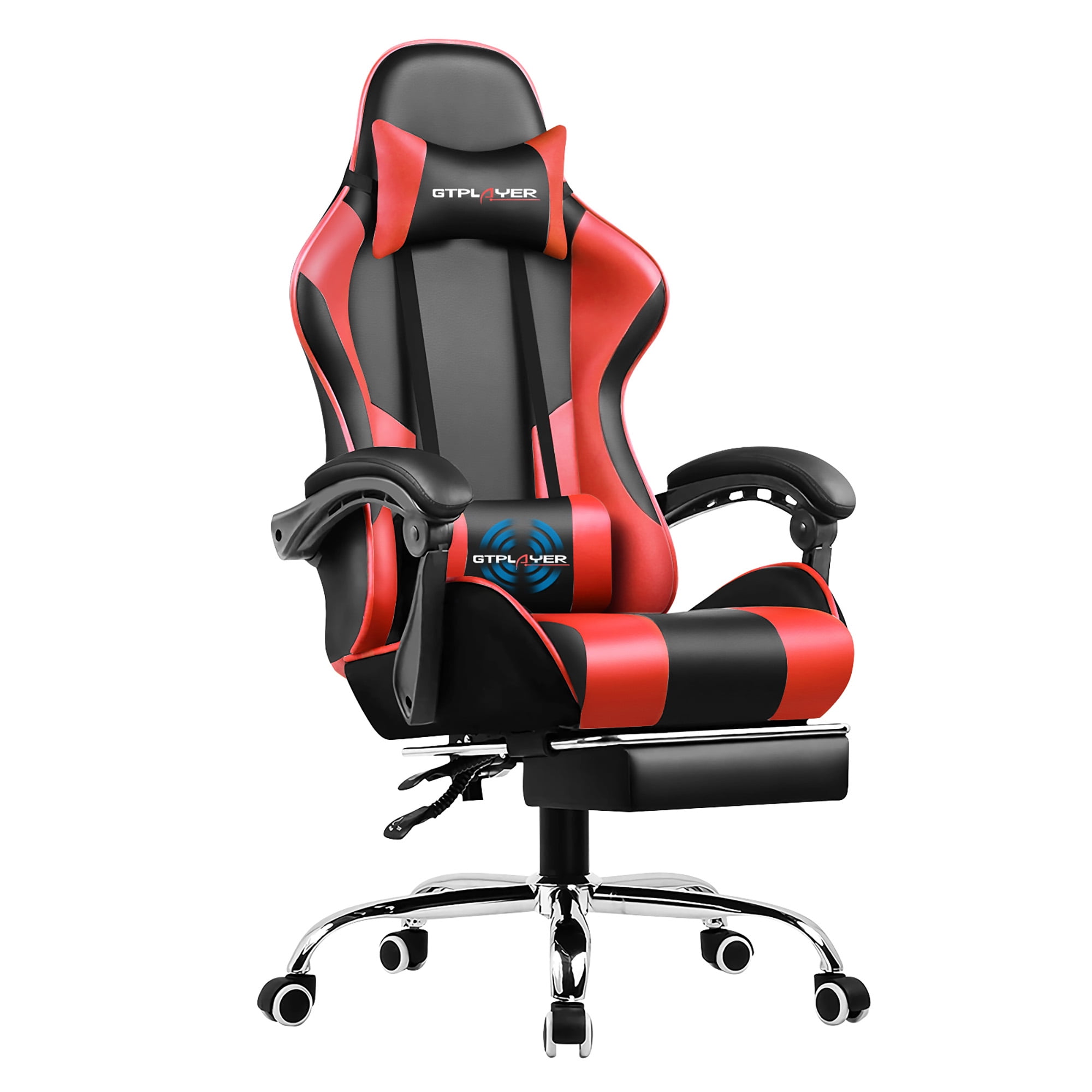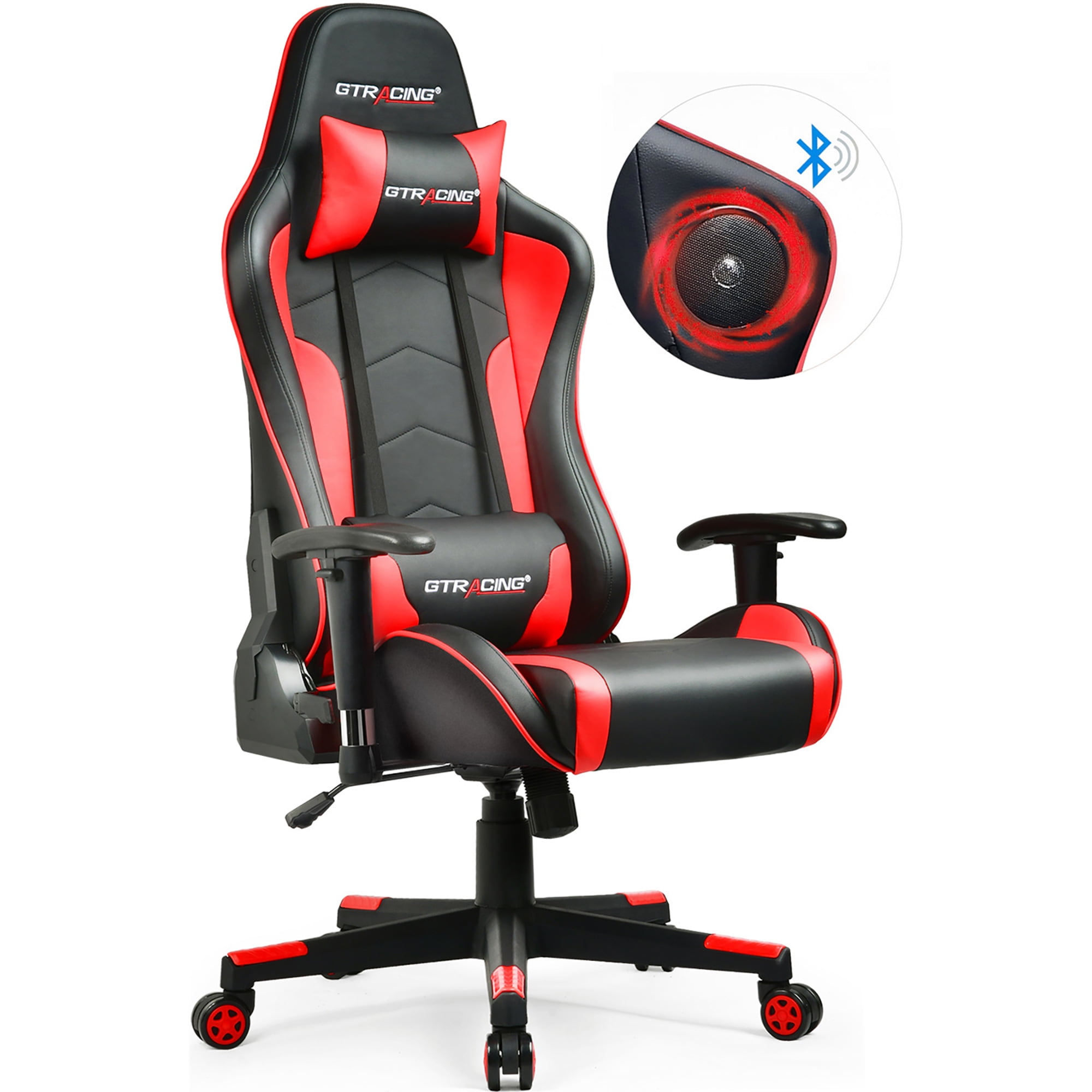Understanding Tilt Tension in Gaming Chairs: Gtracing Gaming Chair Tilt Tension

Tilt tension is a crucial feature in gaming chairs, offering adjustable recline and comfort for extended gaming sessions. It allows you to fine-tune the resistance of the chair’s backrest when tilting back, ensuring a personalized and comfortable experience.
Levels of Tilt Tension
Tilt tension refers to the amount of resistance you feel when tilting the chair’s backrest. It is typically adjusted using a knob or lever located beneath the seat. Different levels of tilt tension cater to various preferences and needs:
- Low Tilt Tension: A low setting provides minimal resistance, allowing for a smooth and effortless recline. This is ideal for those who prefer a gentle rocking motion or frequent adjustments.
- Medium Tilt Tension: A medium setting offers a balanced resistance, providing a comfortable and controlled recline. It’s a good option for most users who want a stable and supportive tilt without being too restrictive.
- High Tilt Tension: A high setting offers significant resistance, making it harder to tilt the backrest. This is beneficial for users who want a firm and stable position, preventing unwanted movement during intense gaming sessions.
Impact on Posture and Comfort
The appropriate tilt tension setting can significantly impact posture and comfort during extended gaming sessions.
- Correct Posture: A properly adjusted tilt tension can help maintain good posture by providing support to the back and reducing strain on the spine.
- Reduced Fatigue: A comfortable recline can help alleviate fatigue in the back and shoulders, allowing you to game for longer periods without discomfort.
- Enhanced Comfort: Tilt tension allows you to find the perfect recline angle, promoting relaxation and reducing pressure points.
Gaming Chair Brands with Adjustable Tilt Tension, Gtracing gaming chair tilt tension
Many gaming chair brands offer adjustable tilt tension as a standard feature. Here are a few examples:
- Secretlab: Secretlab chairs, known for their high quality and comfort, offer adjustable tilt tension on most of their models.
- DXRacer: DXRacer gaming chairs are popular for their ergonomic design and adjustable features, including tilt tension.
- Razer: Razer gaming chairs prioritize comfort and performance, incorporating adjustable tilt tension for a personalized experience.
Adjusting Tilt Tension for Optimal Comfort

Finding the right tilt tension for your gaming chair is crucial for achieving optimal comfort and support. Adjusting the tilt tension allows you to customize the chair’s recline based on your preferences and the specific task at hand, whether it’s intense gaming sessions or relaxed work hours.
Finding the Optimal Tilt Tension
The optimal tilt tension is a personal preference that depends on your body type, posture, and the type of activity you’re engaged in. To find your ideal setting, experiment with different levels of tension while considering the following:
- Body Weight and Posture: Individuals with heavier body weight might require higher tilt tension to maintain a stable recline, while those with lighter body weight may prefer lower tension for a more gradual recline. Proper posture is also crucial. If you tend to slouch, a slightly higher tension might be beneficial to encourage upright seating.
- Activity: The type of activity you’re doing influences the desired tilt tension. For intense gaming sessions, you might prefer a slightly firmer recline to maintain focus and control. For relaxed work or leisure, a softer recline might be more comfortable.
- Personal Preference: Ultimately, the most comfortable tilt tension is the one you find most enjoyable. Don’t hesitate to experiment and adjust the tension until you find a setting that feels just right.
Adjusting the Tilt Tension Mechanism
The process of adjusting tilt tension varies depending on the specific chair model. However, most gaming chairs feature a lever or knob located beneath the seat.
- Lever Adjustment: To adjust the tension using a lever, typically located on the right side of the chair, pull the lever up to loosen the tension or push it down to tighten it.
- Knob Adjustment: If your chair has a knob, it’s usually located beneath the seat. Turn the knob clockwise to increase the tension and counter-clockwise to decrease it.
Testing Different Tilt Tension Settings
To find the most comfortable tilt tension, experiment with different settings while sitting in the chair.
- Gradual Adjustment: Make small adjustments to the tilt tension and test each setting by leaning back and relaxing. Pay attention to how your body feels and whether the recline feels stable and comfortable.
- Varying Positions: Try reclining at different angles to see which positions feel most comfortable and supportive for your back and neck.
- Time Spent in Each Position: Spend a few minutes in each position to get a good sense of how it feels over time. This will help you identify any discomfort or pressure points.
Importance of Proper Chair Setup and Ergonomics
Finding the right tilt tension is just one aspect of achieving optimal comfort and support. Proper chair setup and ergonomics are equally important.
- Seat Height: Adjust the seat height so your feet are flat on the floor and your thighs are parallel to the floor. This helps maintain good posture and reduces pressure on your knees and lower back.
- Lumbar Support: Make sure the lumbar support is adjusted to fit the natural curve of your lower back. This provides essential support and reduces strain on your spine.
- Armrests: Adjust the armrests to a height that supports your elbows and forearms. This helps to reduce tension in your shoulders and neck.
The Role of Tilt Tension in Gaming Chair Functionality

Tilt tension is a crucial aspect of gaming chair functionality, offering a range of benefits that directly impact your gaming experience, comfort, and overall well-being. By understanding and adjusting the tilt tension, you can tailor your chair to your individual needs, maximizing both performance and comfort.
The Relationship Between Tilt Tension and Gaming Chair Stability
Tilt tension plays a vital role in maintaining the stability of your gaming chair. It acts as a resistance mechanism, controlling the rate and extent to which the chair reclines. A higher tilt tension setting creates a more rigid and stable experience, preventing sudden or uncontrolled tilting. This is particularly important during intense gaming sessions, where rapid movements or sudden leans can disrupt your focus and potentially lead to discomfort. Conversely, a lower tilt tension setting allows for smoother and more gradual reclines, offering greater flexibility and comfort for relaxation or taking breaks.
How Tilt Tension Enhances Gaming Performance
Proper tilt tension can significantly enhance your gaming performance. A well-adjusted tilt tension allows you to maintain optimal posture and comfort during extended gaming sessions, reducing fatigue and promoting focus. By providing the right level of support, the chair allows you to react quickly and accurately to in-game events, improving your overall performance. For example, a higher tilt tension setting can provide a more stable base for intense action games, allowing you to make quick movements without losing balance.
How Tilt Tension Contributes to Better Posture and Reduces Fatigue
Tilt tension plays a crucial role in promoting good posture and reducing fatigue. By adjusting the tilt tension, you can find a comfortable reclining angle that aligns your spine and supports your back. This helps to prevent slouching and maintain a neutral spine position, reducing strain on your back, neck, and shoulders. A properly adjusted tilt tension setting can also promote blood circulation, minimizing fatigue and discomfort during long gaming sessions.
Benefits and Drawbacks of Different Tilt Tension Settings
| Tilt Tension Setting | Benefits | Drawbacks |
|———————–|———————————————-|—————————————————|
| High | Increased stability, less chance of tilting | Less flexibility, may feel too rigid |
| Medium | Balanced stability and flexibility | May not be ideal for all body types or preferences |
| Low | Greater flexibility, smoother reclines | Less stability, may feel too loose |
Gtracing gaming chair tilt tension – The tilt tension adjustment on a Gtracing gaming chair allows users to customize their seating experience, ensuring optimal comfort and support. This feature is particularly important for prolonged gaming sessions, as it helps maintain proper posture and reduce strain. Similar to the adjustable features of the d va gaming chair , which prioritizes both style and ergonomic design, Gtracing chairs prioritize user comfort and functionality.
By fine-tuning the tilt tension, users can find the perfect balance between upright seating and a slightly reclined position, enhancing their overall gaming experience.
The Gtracing gaming chair tilt tension mechanism allows for personalized comfort and ergonomic support, crucial for extended gaming sessions. When considering purchasing a gaming chair, it’s essential to evaluate the available options, such as those offered at Sam’s Club , to determine the best fit for individual needs and preferences.
A proper understanding of the chair’s tilt tension mechanism can significantly enhance the overall gaming experience, ensuring optimal comfort and support for extended periods of gameplay.
